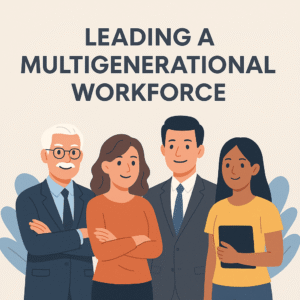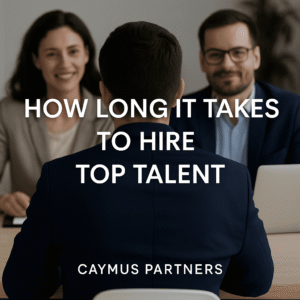The job market has entered a new era—one where artificial intelligence is at the center of a fast-moving, high-stakes arms race between job seekers and recruiters. On both sides of the hiring table, AI bots have transformed how people search for jobs and how companies filter through applications. But with this digital revolution has come a wave of anxiety, frustration, and exhaustion.
Whether it’s candidates battling bots just to get their résumés seen or recruiters drowning in waves of auto-generated applications, one thing is clear: the promise of AI in hiring has created as many problems as it has tried to solve.
The Rise of AI Bots in Recruitment
AI bots have become deeply embedded in the recruitment process—used by job seekers to mass-apply to listings and by recruiters to scan and filter incoming résumés.
On the job seeker side, AI-powered tools can automatically tweak résumés to match job descriptions, insert optimized keywords, and apply to dozens—or even hundreds—of job listings in just minutes. According to Scripps News, this has led to a dramatic spike in application volume across many industries.
Recruiters, overwhelmed by this surge, have turned to their own AI tools for help. Résumé-parsing software, candidate ranking algorithms, and AI screeners aim to help employers identify top talent faster. But in reality, it’s created a high-speed game of bot versus bot, where actual human potential often gets lost in the algorithmic shuffle.
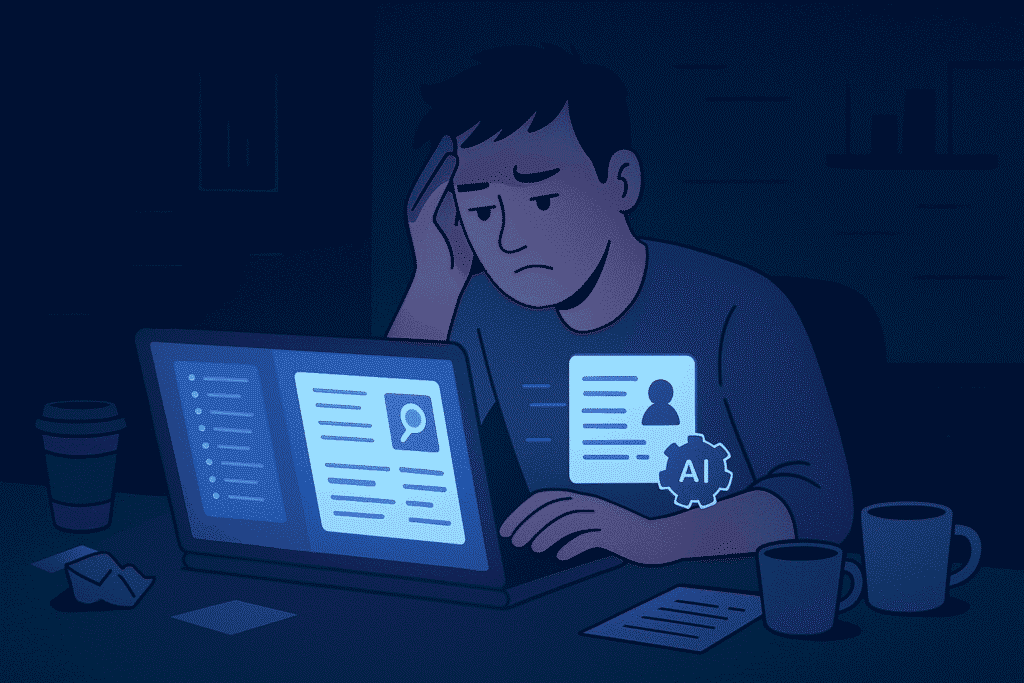
Why Recruiters Are Losing Sleep
Overwhelmed by Volume
AI bots make it easy for job seekers to send out hundreds of applications at once, but that convenience has become a nightmare for recruiters. As JobTarget reports, the average job listing now receives exponentially more résumés than just a few years ago—and many of those résumés are low-effort, AI-generated submissions.
The Quality vs. Quantity Dilemma
With quantity skyrocketing, quality has plummeted. Recruiters now spend more time than ever sifting through résumés that technically match job descriptions but are often irrelevant in terms of experience or skills.
Verification Headaches
AI-generated résumés can be polished to perfection, but they don’t always tell the truth. Recruiters are now tasked with verifying whether candidates actually possess the skills their AI-enhanced applications claim. This slows down the hiring process and increases skepticism.
Bot vs. Bot Screening
In a strange twist, recruiters have started using their own AI bots to counter the flood of AI-generated applications. But according to ERE.net, these bots aren’t foolproof. They can still miss standout candidates who don’t perfectly fit keyword parameters.
Longer Time-to-Hire
The result? Longer recruitment cycles and missed opportunities. By the time a qualified candidate finally rises to the top, they may have already accepted another offer.
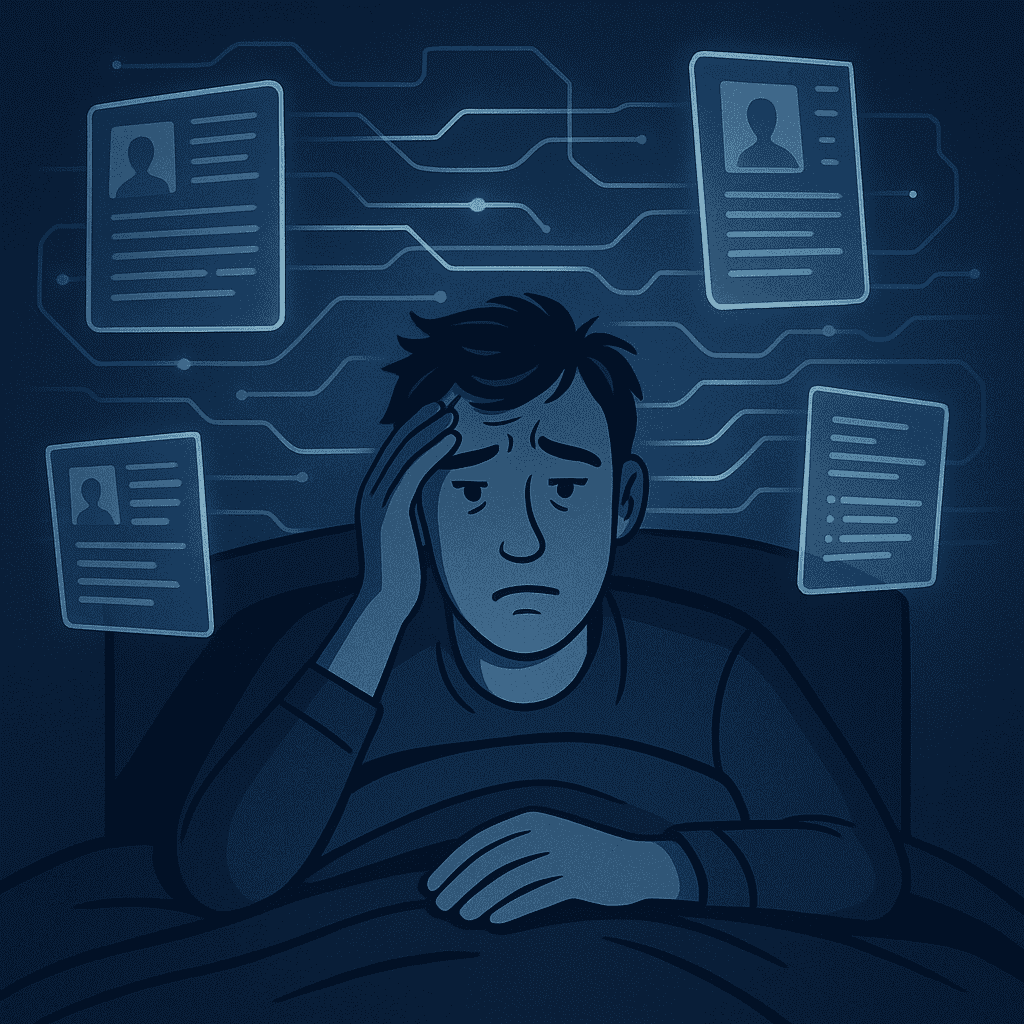
Why Job Seekers Are Losing Sleep
Feeling Lost in a Crowd
Even well-qualified applicants are struggling to be seen. AI bots ensure job postings receive an avalanche of applications, making it harder than ever for human talent to rise above the noise.
Pressure to Automate
Job seekers now feel compelled to use AI just to remain competitive. Tailoring résumés with the right keywords and formatting to “beat the bots” has become a job in itself. As Forbes notes, this pressure can add stress, reduce authenticity, and drain emotional energy.
Declining Candidate Experience
Gone are the days of personalized responses and meaningful follow-ups. The job search has become an impersonal process dominated by auto-replies, ghosting, and opaque systems. This fosters disillusionment and burnout among applicants.
Authenticity Concerns
There’s also a growing fear that leaning too heavily on AI could backfire. Some hiring managers are wary of candidates who use bots, even as their own companies depend on similar tools. This creates a confusing double standard where being too human or too automated can both be red flags.
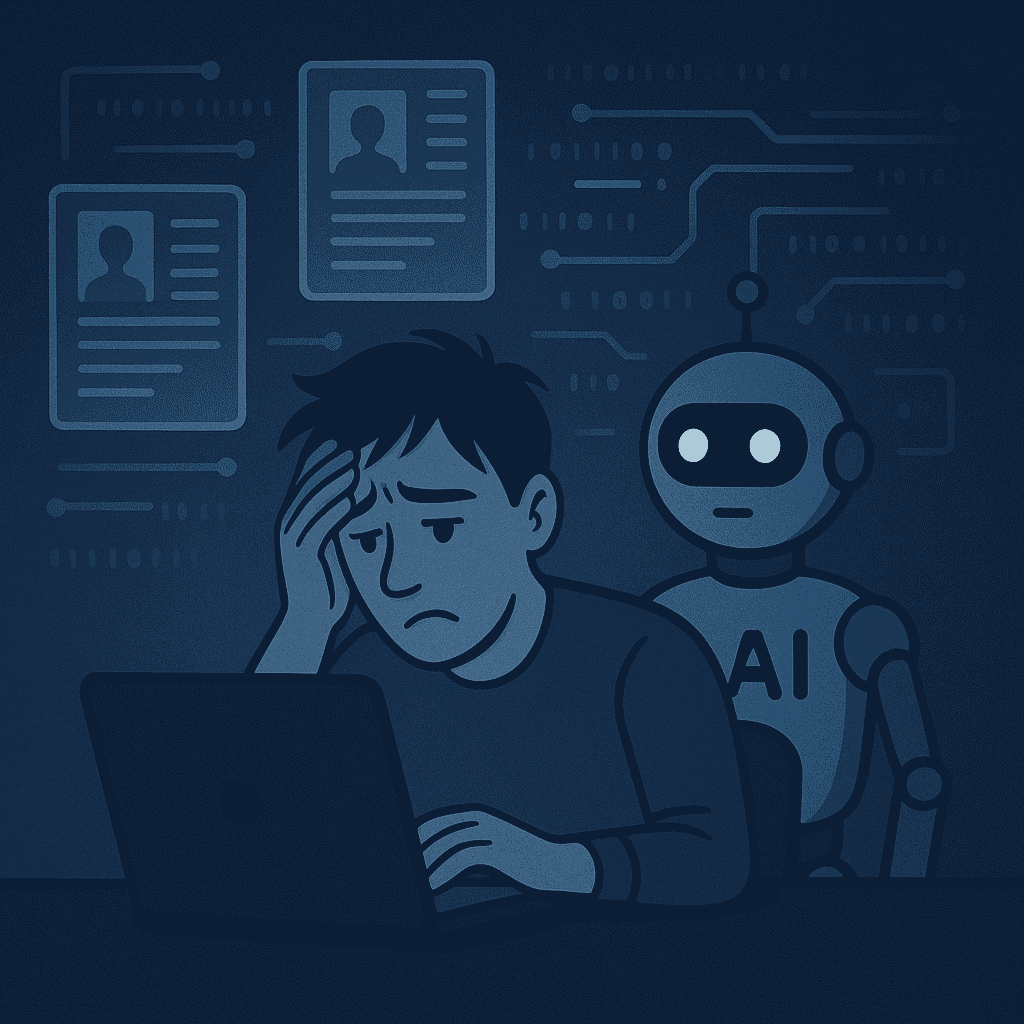
The Broken Promise of AI in Hiring
Bias and Fairness Issues
Despite its potential, AI has not eliminated bias in hiring. In fact, if trained on biased historical data, algorithms can reinforce existing prejudices. This has led to discriminatory outcomes against underrepresented candidates, according to ERE.
Flawed Resume Screening
AI tools are notoriously poor at evaluating soft skills, adaptability, and team fit—all crucial factors for long-term success. By relying heavily on keyword matching, the system often prioritizes “résumé optimization” over real capability.
No Easy Solution
Ultimately, both sides are caught in a loop of automation. Recruiters depend on AI to manage volume. Job seekers use AI to get past recruiters’ filters. But this technological tug-of-war hasn’t improved outcomes—if anything, it’s made hiring more impersonal and less effective.
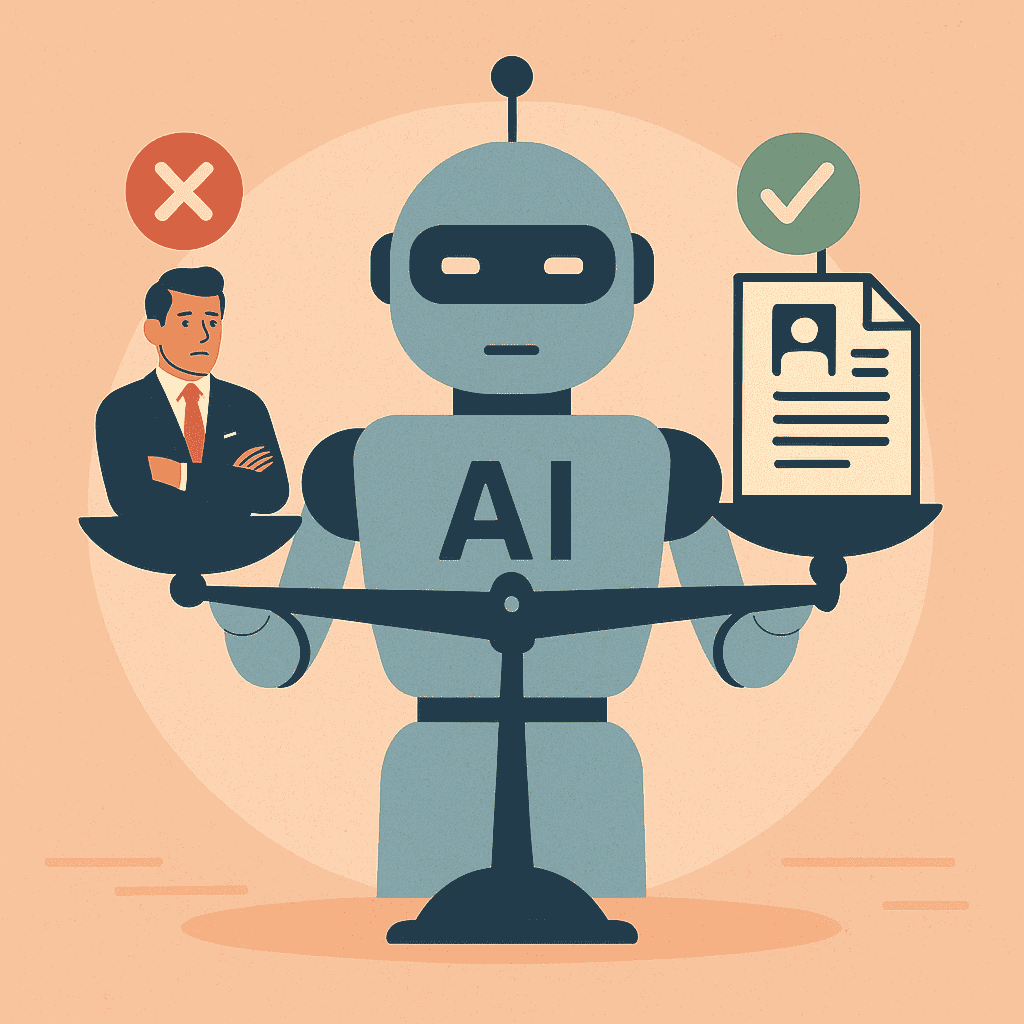
Can AI Improve the Experience?
Despite the chaos, there is hope for a better future—if AI is used more thoughtfully.
Potential Benefits
AI can bring real value when applied strategically. Tools that offer personalized job recommendations, assist with scheduling, and streamline communication can enhance both candidate and recruiter experiences. Platforms like Oleeo are already working to humanize the AI experience by focusing on better candidate journeys.
Best Practices for Success
-
Combine AI with human judgment. Use AI to handle volume, but make final decisions with a human touch.
-
Design structured assessments. Focus on skills-based evaluations and real-world problem-solving rather than résumés alone.
-
Prioritize transparency. Let candidates know how AI is used in hiring processes to build trust.
-
Refocus on experience. Automation should speed up and improve the process—not replace meaningful interaction.
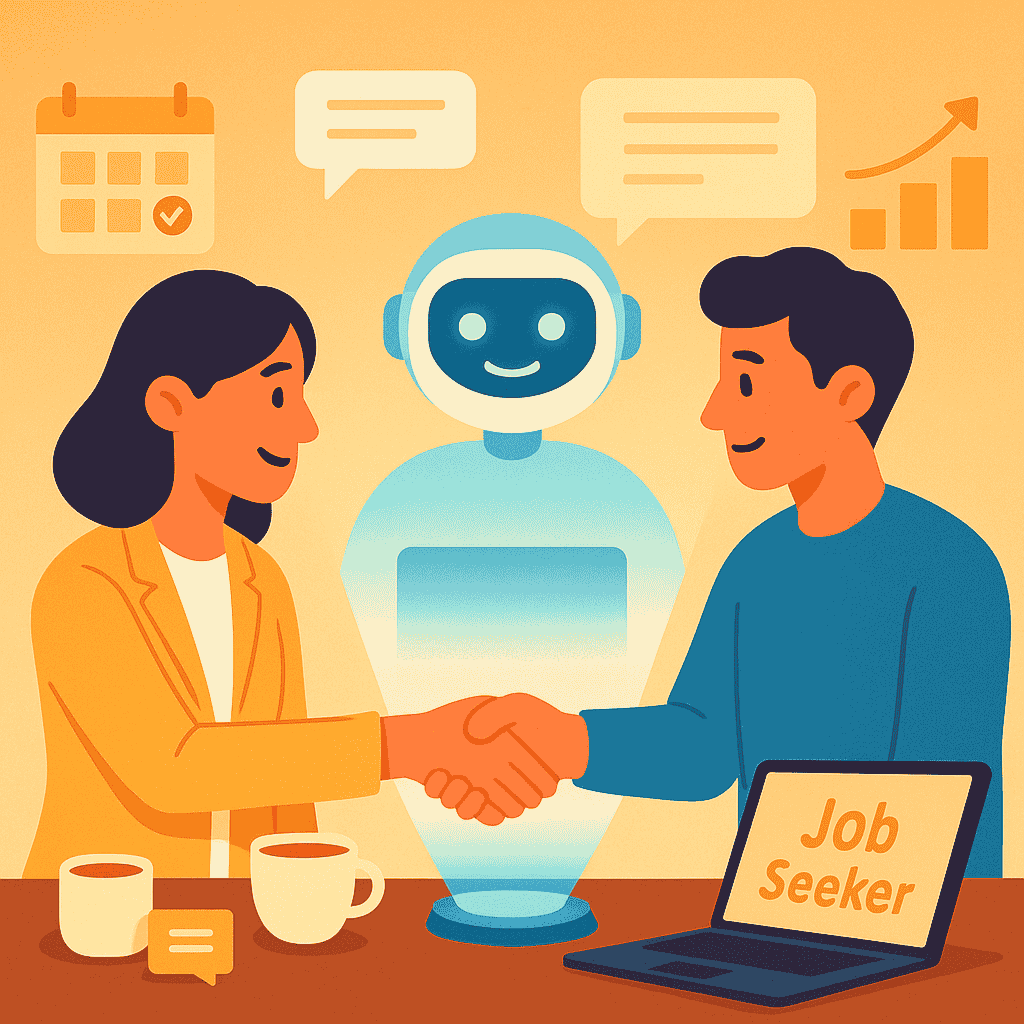
Conclusion
The AI revolution has upended the hiring landscape, leaving both job seekers and recruiters overwhelmed and weary. Bots have made applying and filtering faster, but not necessarily better. While automation offers powerful tools, it can’t replace the human judgment, empathy, and nuance essential to good hiring.
To build a better system, both sides must learn to balance efficiency with authenticity. Job seekers need transparency and fairness. Recruiters need accuracy and efficiency. And both need a hiring process that values people—not just algorithms.
The bottom line? AI shouldn’t be the enemy—it should be the tool we use to find better matches, faster and with greater fairness. But that will only happen if we slow down, rethink our reliance on bots, and rebuild the hiring process from the ground up.


